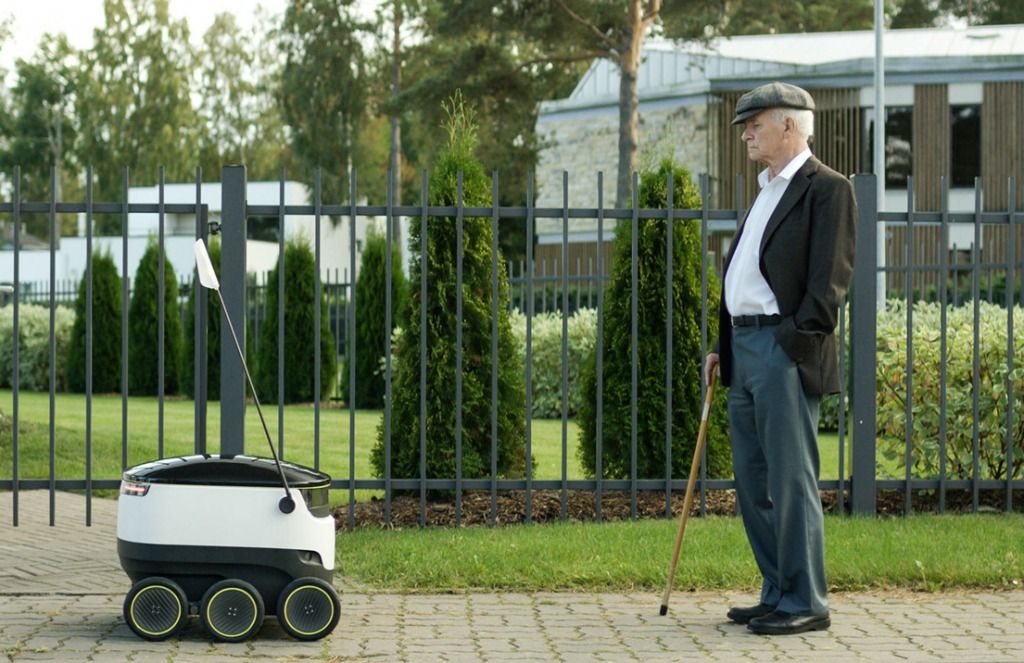Initially SpaceX plans to reduce the cost of a Falcon 9 rocket with a reused booster to $43 million per flight, a savings of 30 percent.
SpaceX will try to return the booster that was just landed on the drone ship back to Cape Canaveral, in Florida, by Sunday. After running a series of tests on the Falcon, the company plans to fire its engines 10 times in a row on the ground. “If things look good it will be qualified for reuse,” Musk said. “We’re hoping to relaunch it on an orbital mission, let’s say by June.”
SpaceX plans to have its first manned flight by the end of 2017 with the second generation of the Dragon capsule. SpaceX will have an unmanned test of the new Dragon capsule first.



